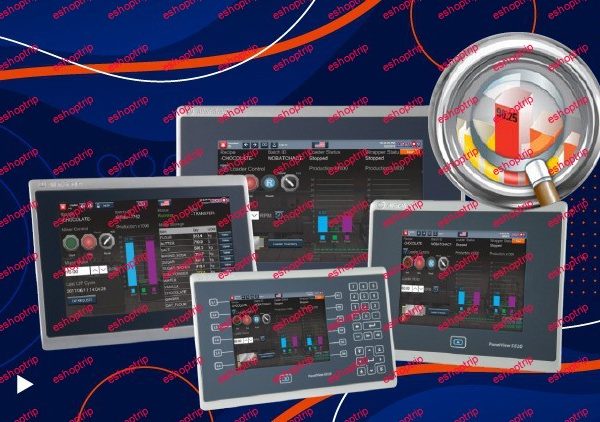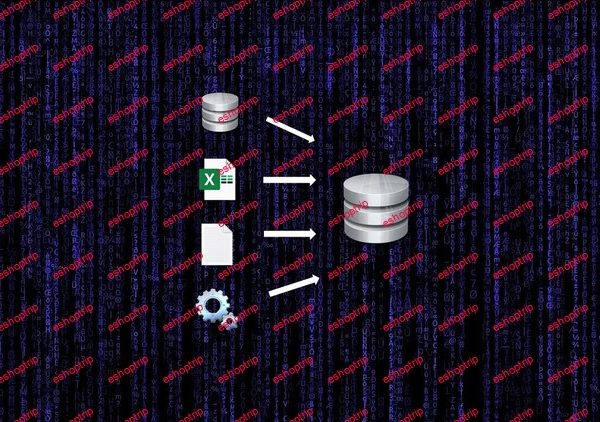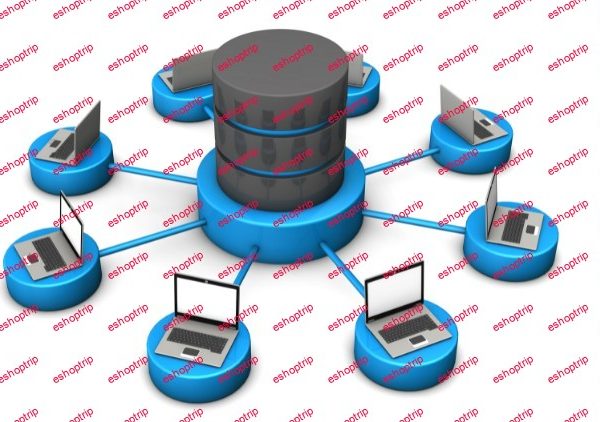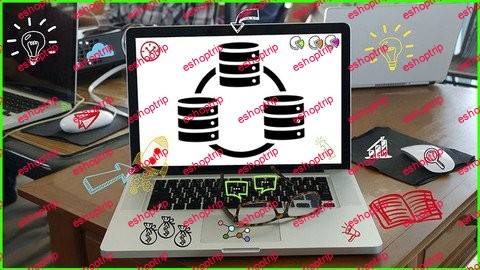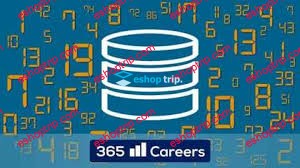Published 2/2024
Created by Abhilash Nelson
MP4 | Video: h264, 1280×720 | Audio: AAC, 44.1 KHz, 2 Ch
Genre: eLearning | Language: English | Duration: 59 Lectures ( 6h 19m ) | Size: 4.73 GB
Beginner to Advanced Guide to Learn MySQL with MySQL Workbench and AWS. Covering All Basics to Advanced with Examples
What you’ll learn:
Learn Microsoft MySQL Server Database Management Basics to Advanced. With sessions to host DB in AWS RDS server
MySQL commands and MySQL Workbench
Start from the basic to advanced of MySQL database
Combining both SQL commands and MySQL UI and sessions how to host the DB in Amazon Web Service
Requirements:
Computer which can install MySQL Server and MySQL Workbench. Your Laptop or PC will be fine.
Description:
Hello and welcome to my new course ‘The Complete Beginners Guide. DBMS with MySQL server’.You already know that in this information technology age ‘data’ is everything. And a Database is the place where this information is stored in tables. There are two types of database. A structured database and also there is an unstructured or no-sql kind of database. We will see the SQL or the Structured Query kind of database. And the most popular one among the SQL databases is the MySQL server.Here is an overview about the sessions that are included in this course.In the first session, we will have an introduction to databases. Then we will see the concepts of SQL or Structured Query Language which is used in RDBMS.Then we will see different types of SQL commands. Then the database objects And in the next session, we will move on to the basics of MySQL server. We will see how we can install the free and opensource version of MySQL server into your computer and then we will download the MySQL Workbench, which is a tool and an interface. And later we will connect MySQL Workbench with our MySQL server process that is running in the background.And then we will proceed with the basic SQL database operation. We will create a database, we will list the database in the server, then we can select a database using the USE command and finally we will try demonstrating deleting a database using the DROP command. There is also an option to take a backup of the database.And then we will move on with SQL basic table operations. We will have an overview of data types of SQL. Then we will have an overview of different SQL constraints and the difference between a primary key and foreign key. And finally we will start creating a table in our database. We will create it, we will try to delete it. We will try to alter it. And then we will move on to describing the table schema and inserting data into the table. Deleting data from the table, modifying data, then.. fetching the data all these basic table operations will be dealt with in this session.And then we will go ahead and import a sample database. It’s a free sample database called the Northwind Traders database from Microsoft. We will download it and we will import that into our MySQL server. Later we will proceed with basic aggregate functions of SQL. We will see what is an aggregate function and then we will proceed with each and every aggregate function.And then we will proceed with the basic clauses of SQL. We will see what is a clause and differentclauses. The first, Distinct clause, Group-by, Where clause, then Order-by, Having clause, Select and Grouping-sets. We will also have different examples for each and every clause that we learn. Then we will proceed with the basic operators of MySQL server. The basic operators include Comparison operators Union operator, Intersect, In operator, Not, Between, Is Null, Not Null. Then we have the Like, Exists operator. We will try different examples.Then we will have an elaborate session with the MySQL server data-types. The popular ones. Then we will have a detailed session regarding the constraints in MySQL server. The constraints include Primary key, then Foreign key, Check then Unique then Default, Not Null constraints. The relationship between these tables and its columns are defined using a standard notation called the ER or Entity Relationship diagram. We will see what is an Entity, then we will see what is an Attribute and also what is the relationship in the ER diagram.And then we will proceed with the popular string functions or string manipulation functions in MySQL server. These functions we can use to process a string inside our MySQL server. We will also have an overview about the popular SQL Date and Time functions which are used to manipulate date and time data inside MySQL server. And then we will proceed with the popular SQL mathematical operations. And also examples to demonstrate all these functions and then we will proceed with the SQL conversion functions which are used to perform data conversion inside SQL. We will try examples for these functions.And then we will move on to an important topic called SQL Joins. This join clause in SQL will enable us to connect between different tables which are linked by some common key. The popular ones are Inner join, Outer join, then Cross Join and Self Join We will see detailed examples, demonstrations for each of these joins and then we will proceed with Stored Procedures in MySQL server. A block of re-usable SQL statements that are stored in the Server.We will see an overview about the stored procedure. Then we will see how we can create a stored procedure. Then execute then how we modify, delete the stored procedure and also we will see how we can pass input parameters into. Return the processed parameters from the stored procedure.And then we will see what is a sub-query inside MySQL server. We will see an overview of sub-query. We will try different examples of how we can create a sub-query. And then we will proceed with Views in MySQL server. We will see an overview about the views in SQL. Then, how we can create a view. We will try an example and how we can call the already created view. And then we will move on with MySQL server triggers. Different types of SQL triggers. We will try them with examples.And then We will see different types of normalization. And then we will be discussing about the security risk called as the SQL Injection attack and the preventive measures that we can take. We will see a few demonstrations how a hacker can include an SQL injection statement into our MySQL server and get the data he wants.In the final session, we will see see how we can configure an Amazon Web Service RDS or Relational Database Service. We will set the security groups for RDS and we will connect from our MySQL work bench to our remote db server. Then we will perform the normal sql operations.And that’s all about the topics which are currently included in this quick course. The sample database and the materials have been uploaded and shared in a folder. I will include the link to download them in the last session or the resource section of this course. You are free to use that with no questions asked.Also, after completing this course, you will be provided with a course completion certificate which will add value to your portfolio.So that’s all for now. See you soon in my classroom.Happy Learning !!
Who this course is for:
Beginner who wants to learn the basics and advanced level of MySQL Database
Homepage
https://anonymz.com/?https://www.udemy.com/course/the-complete-beginners-guide-mysql-server-dbms-and-aws-rds/



